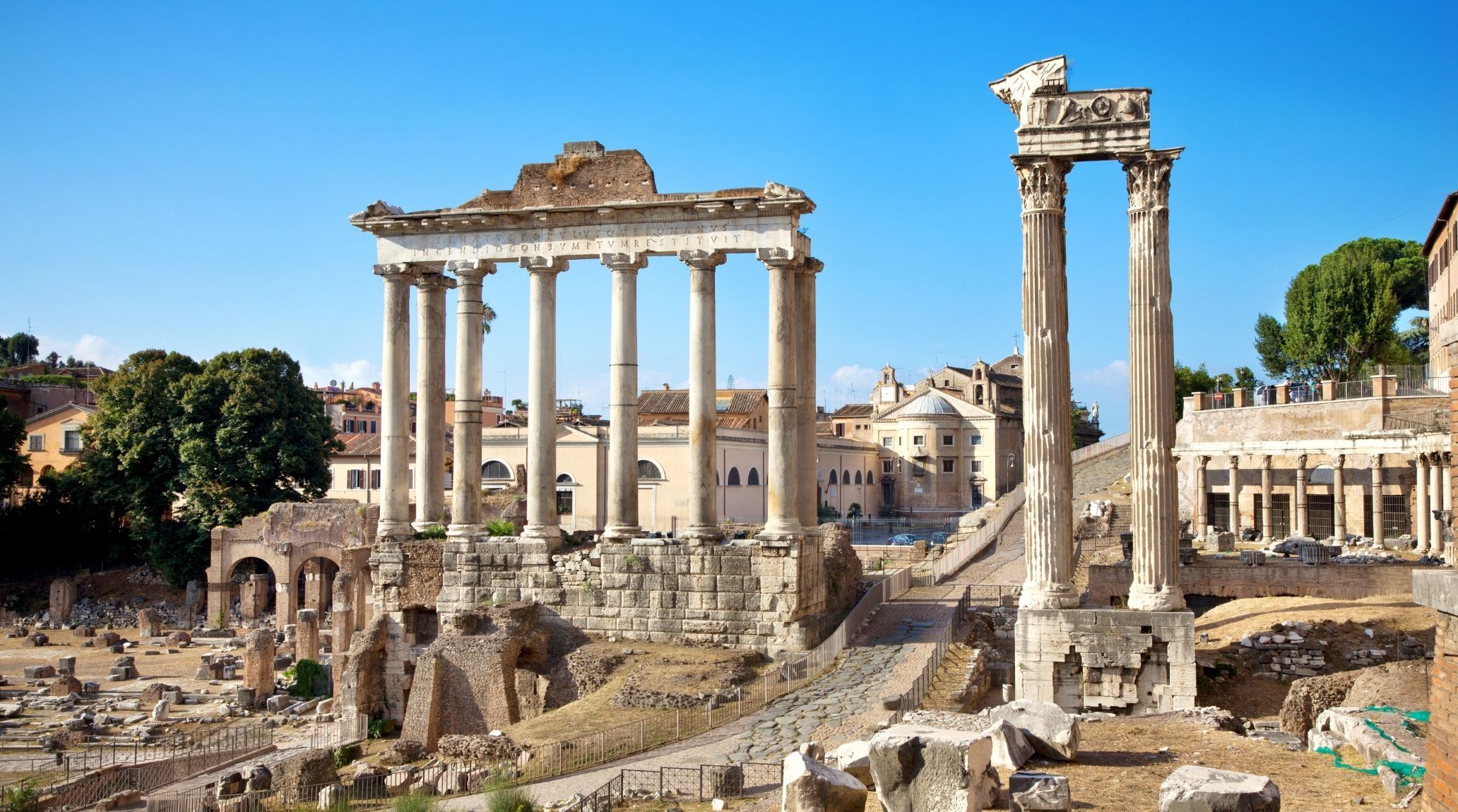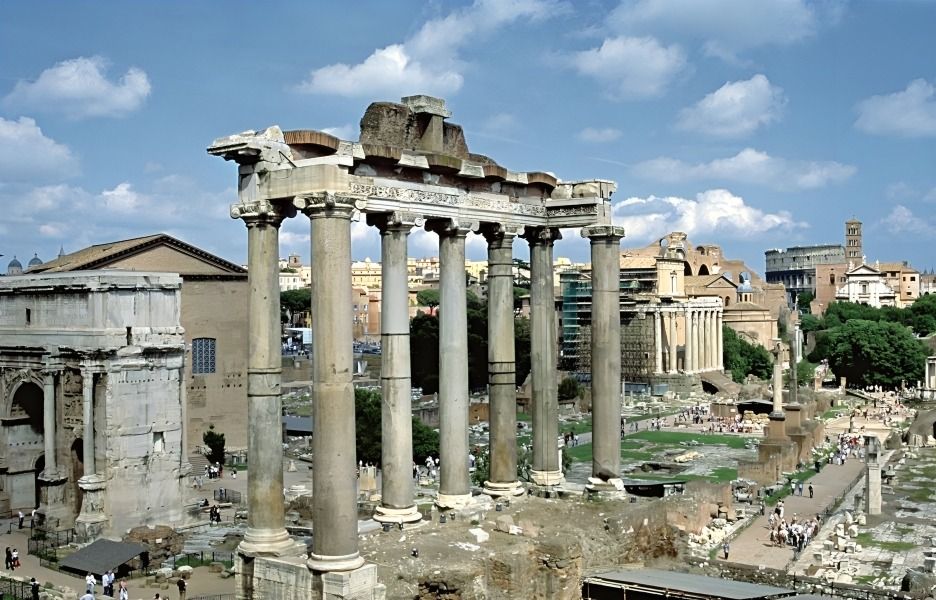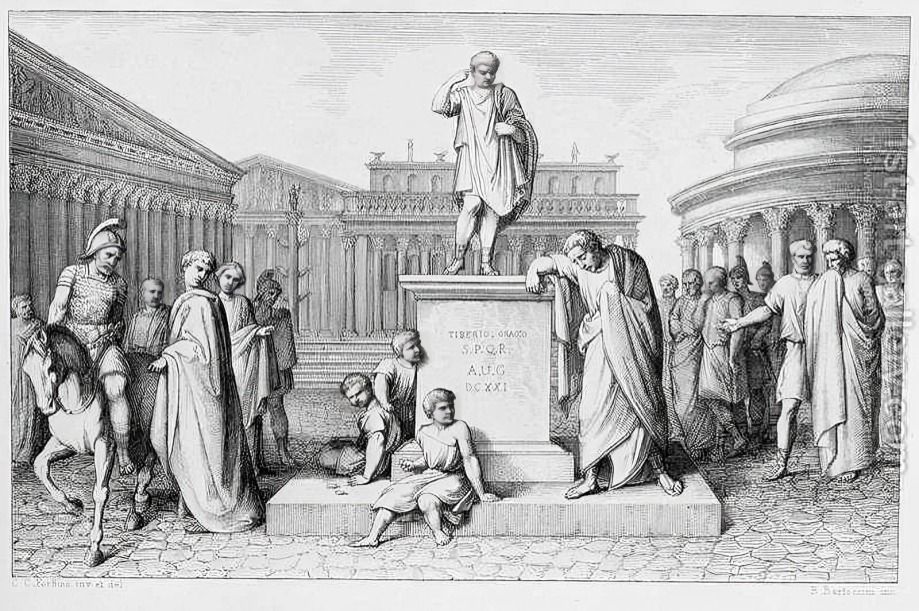
“
The Roman Republic was a complex and influential civilization whose political structure and key figures shaped the course of history. In this article, we’ll explore 20 crucial Facts About the Roman Republic that provide insight into the governance of the Roman Republic and the notable individuals who played pivotal roles in its development.1
1
”
The Roman Republic was the era when Rome was governed as a republic, from 509 to 27 B.C.E. It represents one of the earliest examples of representative democracy. This period marked Rome’s transition from a monarchy to a republican system. 1

The Roman Forum was a central hub for public meetings, legal debates, and gladiatorial combats. It served as the heart of Roman civic life. Here, citizens engaged in various aspects of public and political activity.
The Senate and assemblies collaborated to appoint magistrates, pass laws, and expand Rome’s territory across the Italian peninsula. Their combined efforts were crucial for governance and territorial growth. 2
The Senate, though elected by Roman citizens, was composed largely of members who held their positions in the senate for life. Initially, the Roman Republic primarily served the interests of the wealthy patrician families. 3
Roman society was divided into two main classes: patricians (aristocratic families) and plebeians (commoners). Initially, only patricians held significant political power, while plebeians had limited rights. 4
The Roman Republic was led by two consuls elected annually. Consuls held executive authority, commanded the army, and presided over the Senate, serving as the highest officials in the Republic. 5
In 451-450 B.C.E., the Twelve Tables were created as the first formal codification of Roman law. This legal code was displayed in the Forum and provided a basis for legal procedures and rights. 6
The Roman Republic had several popular assemblies where citizens could vote on laws and elect magistrates. The most notable were the Centuriate Assembly and the Tribal Assembly. 7

Established in 494 B.C.E., tribunes represented the plebeians and had the power to veto actions of magistrates and propose legislation. They were crucial in balancing the interests of different social classes.
The Roman Republic expanded its territory through military conquest and alliances. Over time, it controlled much of the Italian Peninsula and began to extend its influence beyond Italy. 8
The "course of honors" was the sequential order of public offices held by aspiring politicians. It typically began with lower magistracies and progressed to higher positions like consul and censor. 9
In times of crisis, a dictator could be appointed with almost absolute power for a limited term, usually six months. This role was intended to provide strong leadership in emergencies. 10
Censors were responsible for conducting the census, maintaining public morals, and overseeing the membership of the Senate. They held office every five years and had significant influence over Roman society. 11
The late Republic experienced periods of political alliance known as triumvirates. The First Triumvirate (60 B.C.E.) included Caesar, Pompey, and Crassus, while the Second (43 B.C.E.) involved Antony, Octavian, and Lepidus.12
A network of mutual obligations existed between the wealthy and the less fortunate, where patrons provided protection and benefits to their clients, who, in turn, offered support and services. 13
Roman law was advanced for its time, emphasizing principles like justice and equality before the law. It influenced many subsequent legal systems in Europe and the Western world. 14
Rome’s economy was based on agriculture, trade, and slave labor. Land ownership was crucial for wealth and political power, and the economy was supported by a complex system of trade networks. 15
The Roman Republic invested heavily in public infrastructure, including roads, aqueducts and buildings. This helped facilitate military movements, trade, and urban development. 16
In 390 B.C.E., Rome was sacked by the Gauls, a traumatic event that led to significant changes in Roman military and fortification strategies. This defeat prompted Rome to reinforce its defenses and adopt more disciplined military practices. 17
The Roman Republic ultimately fell due to internal strife, power struggles, and external pressures. In 27 B.C.E., Octavian (later Augustus) became the first Roman Emperor, marking the transition to the Roman Empire. 18


